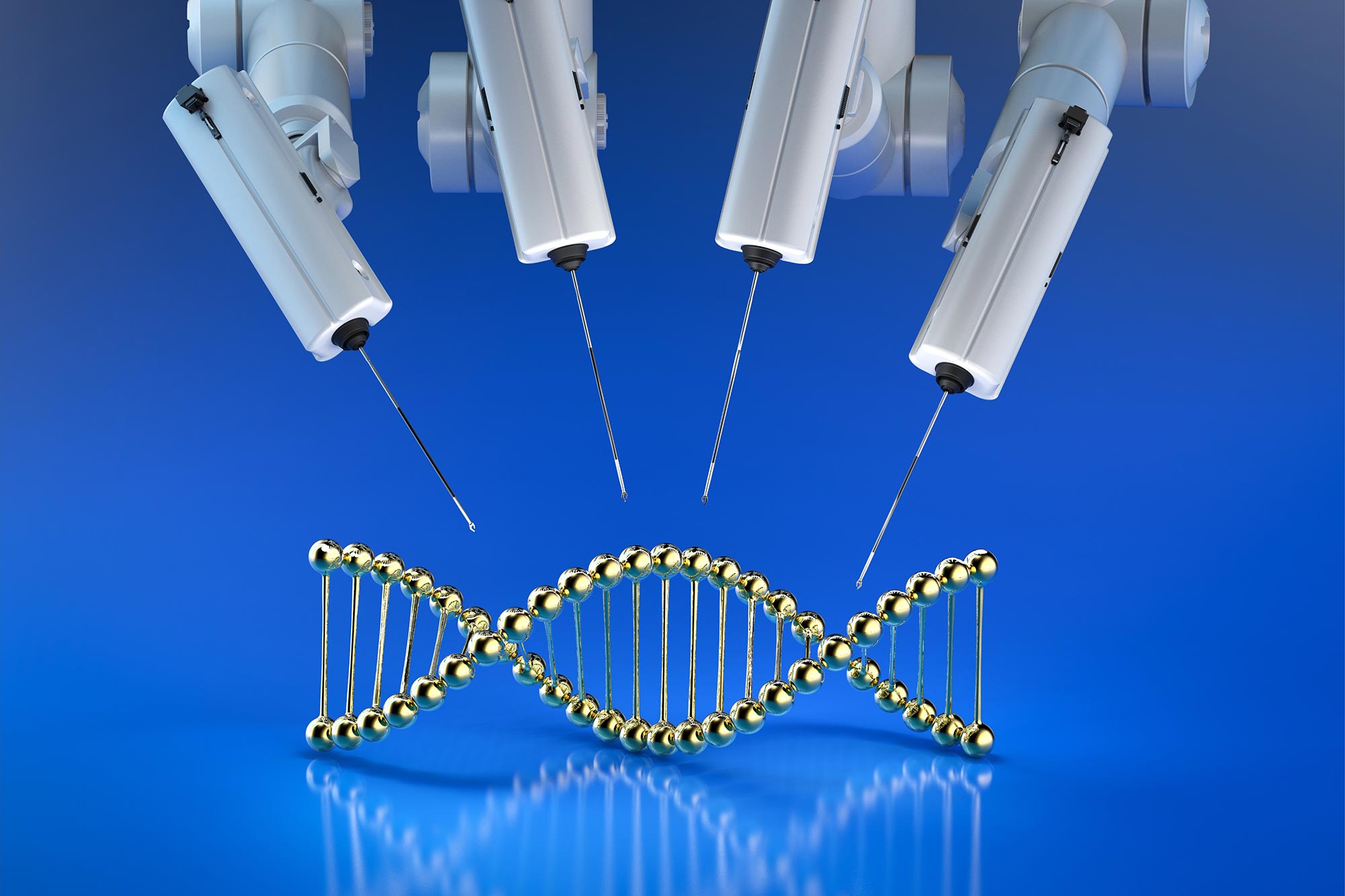Researchers have developed a novel epigenome editing platform that allows precise manipulation of chromatin marks, revealing their direct impact on gene expression and challenging previous understanding of gene regulation mechanisms.
Research by the Hackett group at EMBL Rome has led to the development of a powerful epigenetic editing technology that unlocks the ability to precisely program chromatin modifications.
Understanding how genes are regulated at the molecular level is a central challenge in modern biology. This complex mechanism is mainly driven by the interaction between proteins called transcription factors, DNA regulatory regions and epigenetic modifications – chemical modifications that change the structure of chromatin. The set of epigenetic modifications of a cell’s genome is called the epigenome.
Advances in epigenome editing
In a study published today (May 9) in Natural genetics, scientists from the Hackett Group at the European Molecular Biology Laboratory (EMBL) Rome have developed a modular epigenome editing platform – a system for programming epigenetic modifications anywhere in the genome. The system allows scientists to study the impact of each chromatin modification on transcription, the mechanism by which genes are copied into mRNA to stimulate protein synthesis.
Chromatin modifications are thought to contribute to the regulation of key biological processes such as development, response to environmental cues, and disease.

Creative rendering of the epigenetic editing toolbox: each building represents the epigenetic state of a single gene (dark windows are silenced genes, light windows are active genes). The faucet illustrates the epigenetic editing system that allows de novo deposition of chromatin marks at any genomic location. Marcia Munafo
To understand the effects of specific chromatin marks on gene regulation, previous studies have mapped their distribution in the genomes of healthy and diseased cell types. By combining these data with analysis of gene expression and the known effects of perturbing specific genes, scientists have assigned functions to such chromatin marks.
However, the causal relationship between chromatin marks and gene regulation has proven difficult to determine. The challenge lies in dissecting the individual contributions of the many complex factors involved in such regulation—chromatin marks, transcription factors, and regulatory DNA sequences.
Breakthrough in epigenome editing technology
Hackett Group scientists have developed a modular epigenome editing system to precisely program nine biologically important chromatin marks into any desired region in the genome. The system is based on CRISPR, a widely used genome-editing technology that allows researchers to make changes to specific locations of DNA with high precision and accuracy.
Such precise perturbations allowed them to carefully analyze the causal relationships between chromatin marks and their biological effects. The scientists are also designing and using a “reporter system” that allows them to measure changes in gene expression at the single-cell level and understand how changes in the DNA sequence affect the impact of each chromatin mark. Their results reveal the causal roles of a number of important chromatin marks in gene regulation.
Key findings and future directions
For example, the researchers discovered a new role for H3K4me3, a chromatin mark previously thought to result from transcription. They observed that H3K4me3 can actually increase transcription on its own if it is artificially added to specific DNA sites.
“This was an extremely exciting and unexpected result that defied all of our expectations,” said Christina Policarpi, a postdoctoral fellow at the Hackett Group and lead scientist on the study. “Our data point to a complex regulatory network in which multiple control factors interact to modulate gene expression levels in a given cell. These factors include the existing structure of the chromatin, the underlying DNA sequence, and the location in the genome.
Potential applications and future research
Hackett and his colleagues are currently exploring ways to use this technology through a promising startup. The next step will be to confirm and extend these findings by targeting genes in different cell types and at scale. How chromatin marks influence transcription in a variety of genes and downstream mechanisms also remains to be elucidated.
“Our modular epigenetic editing toolkit represents a novel experimental approach to dissect the reciprocal relationships between the genome and the epigenome,” said Jamie Hackett, group leader at EMBL Rome. “The system can be used in the future to more precisely understand the importance of epigenomic changes in influencing gene activity during development and in human diseases.” On the other hand, the technology also unlocks the ability to program desired levels of gene expression in a highly adjustable manner. This is an exciting avenue for precision health applications and may prove beneficial in disease.
Reference: “Stemmatic epigenome editing captures the context-dependent instructive function of chromatin modifications” 9 May 2024, Natural genetics.
DOI: 10.1038/s41588-024-01706-w



